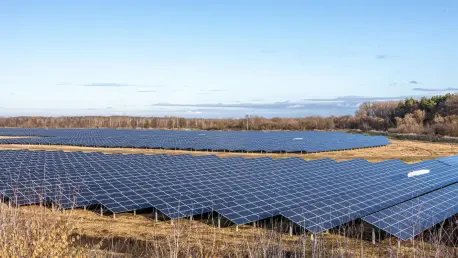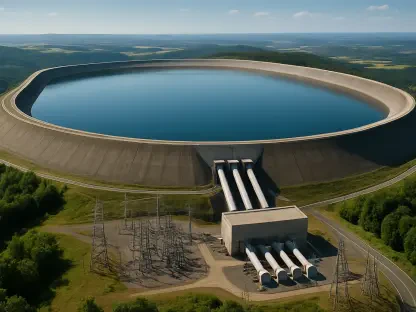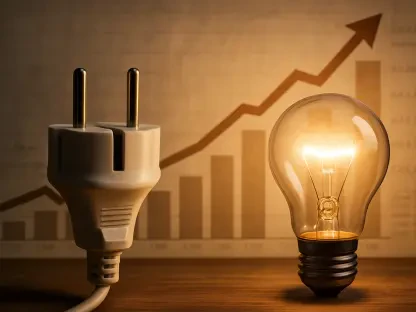The solar industry is undergoing significant upheaval as Sunnova, once a pillar of residential solar installations in the U.S., now navigates the repercussions of filing for Chapter 11 bankruptcy. This shift serves as a catalyst for evaluating the complex market forces and strategic decisions shaping the current and future solar landscape, providing a lens through which stakeholders can assess industry viability.
Understanding the Context of Market Shifts
The analysis aims to illuminate the intricate web of challenges facing the solar market, using Sunnova’s trajectory as a case study. Given the company’s substantial influence, its decision to file for bankruptcy reveals the vulnerabilities and pressure points affecting the sector. Understanding these dynamics is crucial for both industry insiders and investors seeking to anticipate shifts and recalibrate strategies during turbulent economic times.
Examination of Market Trends and Financial Pressures
Economic Influences on Solar Sector Financing
Sunnova’s financial difficulties underscore how macroeconomic conditions, such as increased interest rates and persistent inflation, can significantly impact the renewable energy landscape. These conditions have notably shrunk profit margins and restricted the availability of capital, exemplifying the risks inherent in solar financing. Previous policies, including tariffs from the Trump administration, further exacerbated these challenges by disrupting supply lines and driving up costs. The compounded effect of these economic hurdles offers insights into the vulnerabilities of solar financing structures in a shifting economic environment.
Strategic Blunders and Operational Challenges
Sunnova’s rise and fall highlight fundamental strategic errors that have marked its journey. The company’s pursuit of aggressive expansion through borrowing left it financially exposed when external conditions tightened. Insufficient planning for supplier payments and contractor compensation led to a cash flow crunch, showcasing the importance of balanced growth strategies. In contrast, successful companies often prioritize financial prudence, demonstrating the criticality of sustainable growth amidst uncertain economic climates.
Impact of Regulatory and Policy Developments
Regulatory environments play a pivotal role in shaping industry resilience, as evidenced by the challenges faced by Sunnova. Policies like the Inflation Reduction Act’s spending freezes amplified uncertainties, eroding the confidence of potential investors. By examining regional policy impacts, market participants can better navigate the regulatory landscape, leveraging favorable conditions while strategically mitigating risks associated with policy changes that might otherwise destabilize operations.
Projections and Industry Considerations
Looking ahead, the solar industry is poised for transformations driven by innovation and adaptation. Advances in technology, such as enhanced battery storage and improved solar efficiency, offer pathways to revitalizing the sector. Stakeholders are encouraged to prepare for these changes by aligning strategies with emerging regulatory frameworks and exploring novel investment models. Recognizing these developments enables industry participants to stay ahead of the curve and seize opportunities that arise from evolving market dynamics.
Strategic Recommendations for Future Preparedness
The scenario faced by Sunnova provides clear lessons in strategic oversight for solar enterprises. Emphasizing financial discipline and maintaining diversified business practices can buffer against economic volatilities. Businesses are advised to cultivate adaptable models that can absorb external shocks. For consumers and industry professionals, making informed choices about solar investments and operational strategies is paramount, given the rapidly changing market landscape. Such foresight equips stakeholders with the resilience needed to thrive despite impending challenges.
In retrospect, Sunnova’s downturn serves as a poignant reminder of the inherent risks and potential rewards within the solar sector. While the immediate circumstances are challenging, this situation emphasizes the importance of strategic planning and adaptation. As the solar market continues its evolution, maintaining awareness of shifting economic and regulatory factors will be crucial for sustaining the promise of renewable energy.









